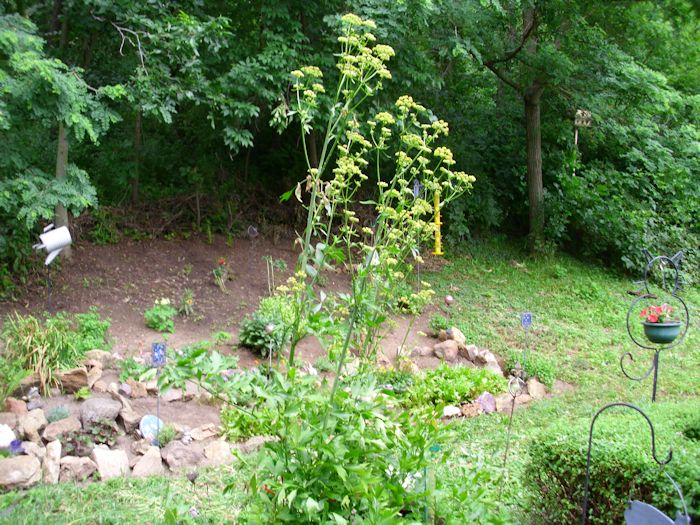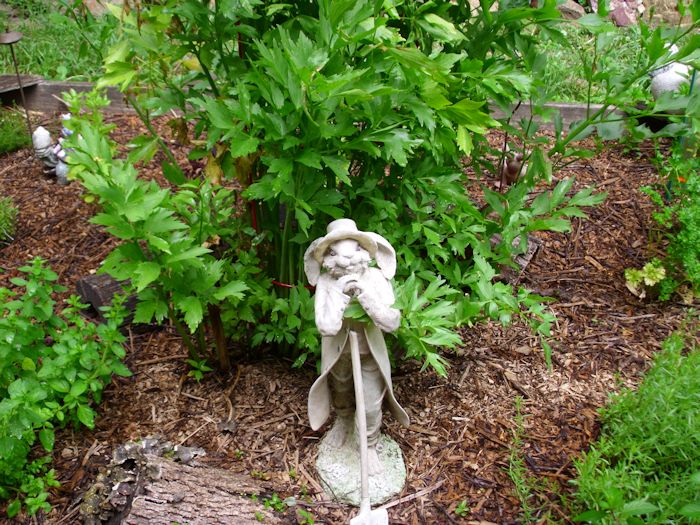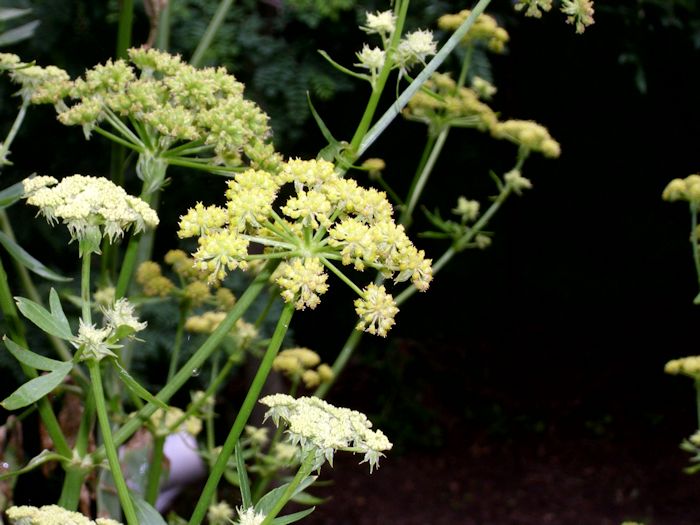I’ve already been canning this season. A lot of people hear this claim and wonder just what it is that I’m canning. The first food I started canning is soup. I get the ingredients from my freezers. Anything that’s starting to get a bit old is fair game. I also save the larger bones from various meats, especially when I have the meat processed by someone else. The meat and vegetables made into soup can quite well and last a lot longer than they would in the freezer. Nothing is quite so nice on a cold winter’s day than hot soup. I usually get two or three servings out of each quart that I can (sometimes four if I add enough additional items). Given the cold winters here in Wisconsin, I can go through a lot of soup.
Once I can the soup, the freezers are less full, so it’s time to defrost them. It’s essential to defrost, clean, and reorganize your freezers every year. Doing so lets you create an inventory of what you have in stock so that you have a better idea of what you need to grow. In addition, you don’t want to keep items so long that they become unpalatable and visually unappealing. Freezer burned food is completely safe to eat, but you may not want to eat it. Some of the ways in which you can prevent freezer burn is to vacuum pack your food and to ensure you rotate it out before it sits in the freezer too long. In some cases, when food is mildly freezer burned, I’ll make it up into pet food (my animals don’t seem to mind as long as the food is prepared to their liking). However, it’s better to use the food up before anything actually does happen to it.
So far I’ve made 14 quarts of chicken soup and another 14 quarts of venison stew. Canning soup means using a pressure canner. Make sure you follow the instructions in a resource such as the Ball Blue Book and the book that comes with your pressure canner. Read Considering the Dangers of Outdated Canning Information for details on keeping yourself safe when using the Ball Blue Book.
It’s also time to can early garden items. For example, when canned properly, rhubarb makes a highly nutritious fruit dish that I eat directly from the jar. You can also make it into pie filling. So far, I’ve made up 7 quarts of plain rhubarb and 7 quarts of spiced rhubarb, both of which will be quite tasty this upcoming winter. Fortunately, you can use hot water bath canning techniques with rhubarb and other high acid foods.
In some cases, you need to mix and match items. The frozen green and wax beans in my freezer weren’t getting any younger, so I used them to make up four bean salad. Actually, it’s supposed to be three bean salad, but some of my recipes called for Lima beans, while others called for kidney beans. I decided to use both, hence four bean soup. I used up all the remaining beans and garnered 16 pints of four bean salad on my larger shelf. Doing so also used up the cans of kidney and Lima beans in my cabinets.
Finally, pickled asparagus can be quite a treat in the middle of winter. So far, I’ve only made up 8 pints of pickled asparagus, but I’ll make up more. I’ll also be freezing some asparagus for fresh use later in the year. In short, canning season has started—time to get going! Let me know about your current canning project at [email protected].



